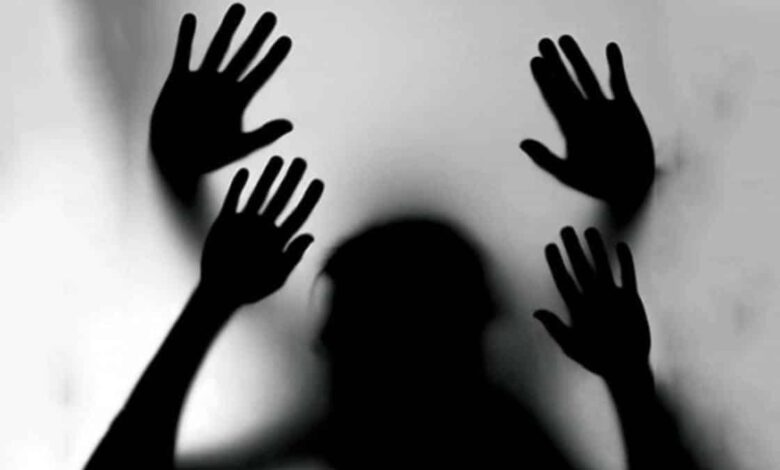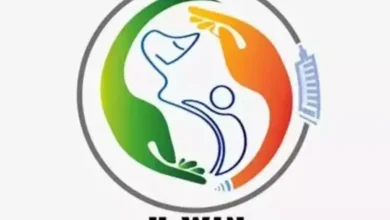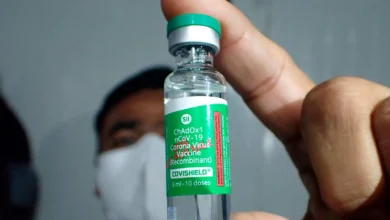Udta Punjab is now addicted to de-addiction drugs
Punjab Health Minister Balbir Singh informed the state Assembly in March that the state has 8.74 lakh drug addicts.

According to a report published by India Today, addicts in Punjab are abusing the de-addiction drugs buprenorphine and oxytocin injections, which are typically given to cattle to increase milk production.
Udta Punjab is facing a new predicament, since the remedy has turned into a curse. Addicts in Punjab are now addicted to de-addiction medications after misusing narcotics and alcohol.
Thousands of Punjab addicts under treatment at government and private facilities have been discovered to be hooked to de-addiction medications such as buprenorphine. Opioid abusers are given the medication in conjunction with naloxone.
Punjab Health Minister Balbir Singh informed the state Assembly in March that the state has 8.74 lakh drug addicts.
According to Balbir Singh, there are 2.62 lakh addicts in government de-addiction centers and 6.12 lakh in private centers. Singh thought that the state’s addict population was larger.
The film ‘Udta Punjab,’ starring Shahid Kapoor and Alia Bhatt, highlights Punjab’s massive heroin issue, or ‘chitta’ as it is colloquially known.
The Punjab government spent Rs 102 crore per year on free de-addiction drugs for state and private de-addiction centers. Every year, the state government purchases an estimated 20 crore tablets of buprenorphine for free distribution through certified de-addiction centers.
Despite vast sums invested from the state funds, the success rate in government-sponsored de-addiction centers was just 1.5 percent, and only 0.04 percent in privately managed centers. Between 2017 and 2022, a network of 198 Outpatient Opioid Assisted Treatment (OOAT) centers, 35 government and 108 commercial de-addiction centers, and a total of 244 addicts might be cured.
According to an investigation conducted by India Today TV, a significant number of drug users visited de-addiction centers during the Covid-19 epidemic shutdown when the heroin supply chain was disrupted.
Between March 23 and June 19, 2020, an estimated 1.29 lakh users reported withdrawal symptoms.
The Punjab police and national government agencies have started a huge crackdown on drug smuggling.
From July 5, 2022 to June 12, this year, the police alone confiscated 1,135.25 kg of heroin and detained 14,952 drug traffickers, according to Inspector General of Police (IGP) Sukhchain Singh Gill.
On the one hand, the extensive heroin seizures – the most overused narcotic in Punjab – boosted street prices and drove more users into de-addiction centers.
During their time in the de-addiction centers, the addicts learned to misuse the de-addiction medication buprenorphine, which is an opioid agonist. This substance possesses all of the addictive and psychoactive qualities of opiates.
Buprenorphine, according to psychiatrists, can imitate heroin if misused. According to sources, 67,000 patients in Punjab were hooked to buprenorphine. According to psychiatrists, the patients were not using this medicine to overcome their addiction, but rather to feel high.
Money mining de-addiction centers
Officially, buprenorphine should only be available through government sources, however due to increased demand, the medicine is widely available through dodgy chemist shops.
“No doubt people are hooked on it (buprenorphine) and it is being misused after being procured from non-government sources, but overall, this drug is part of the harm-reduction therapy. Those who are using this drug are no longer IV users, which has reduced the harmful effects of IV use and they are back to normal life. We cannot deny that many people are addicted to it,” says Dr Puja Goyal, a psychiatrist working for the Punjab government.
While government-run de-addiction centers apparently only dispensed a handful of pills each patient, commercial centers allegedly dispensed the medication carelessly in order to make money.
Alcoholics and low-potency drug abusers who utilize poppy husk were also given the substance. While the official price each pill was less than Rs 10, private de-addiction centers allegedly charged up to Rs 50 per tablet.
Another factor that led to the medicine’s widespread misuse was the state government’s decision to allow patients to carry home the recommended amount of the prescription for 21 days.
Dr Subodh BN, Head, Department of Psychiatry, PGIMER, Chandigarh, also acknowledged that people who often abuse analgesics were the third type of drug addicts after heroin, opium, and alcohol.
“We receive patients who are addicted to a variety of drugs.” This includes pharmaceutical and opioid drugs. Aside from alcohol, we’ve discovered persons who abuse analgesics (pain relievers). “We are seeing an increase in the number of analgesic addicts,” says Dr Subodh BN. The doctor also stated that abusing pharmaceutical protocols and painkillers might result in seizures. Misuse of analgesics may worsen seizure severity.
Forged opium and heroin interfere with treatment
The selling of contaminated opium and heroin was a major reason why de-addiction centers were unable to cure more patients and de-addiction drugs were unable to treat patients.
“The opium and heroin sold to addicts were contaminated.” These medications were loaded with addictive substances and hazardous compounds. “People were abusing not only painkillers, but also drugs like oxytocin, which is commonly given to dairy cattle to increase milk production,” explains Mohali-based social worker Sonu Sethi. Sethi works with drug rehabilitation centers and recently admitted an addict who injected himself with oxytocin to a hospital.
Dr Vinay Bansal, a psychiatric specialist in Zirakpur, says treating addicts who take contaminated medications is challenging since there is no established method for treating such people.
You might also be intersted in – Punjab witnesses 27% drop in farm fires and Haryana records 37% reduction compared to previous year


